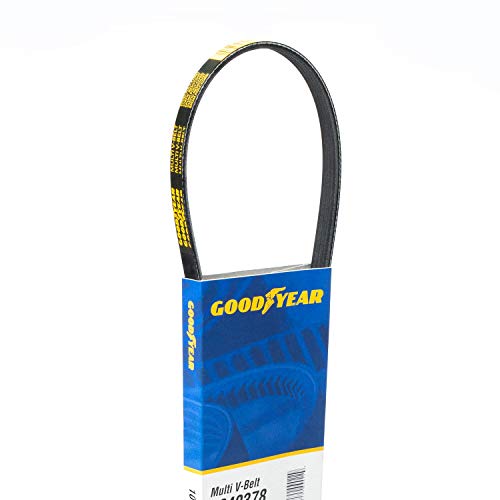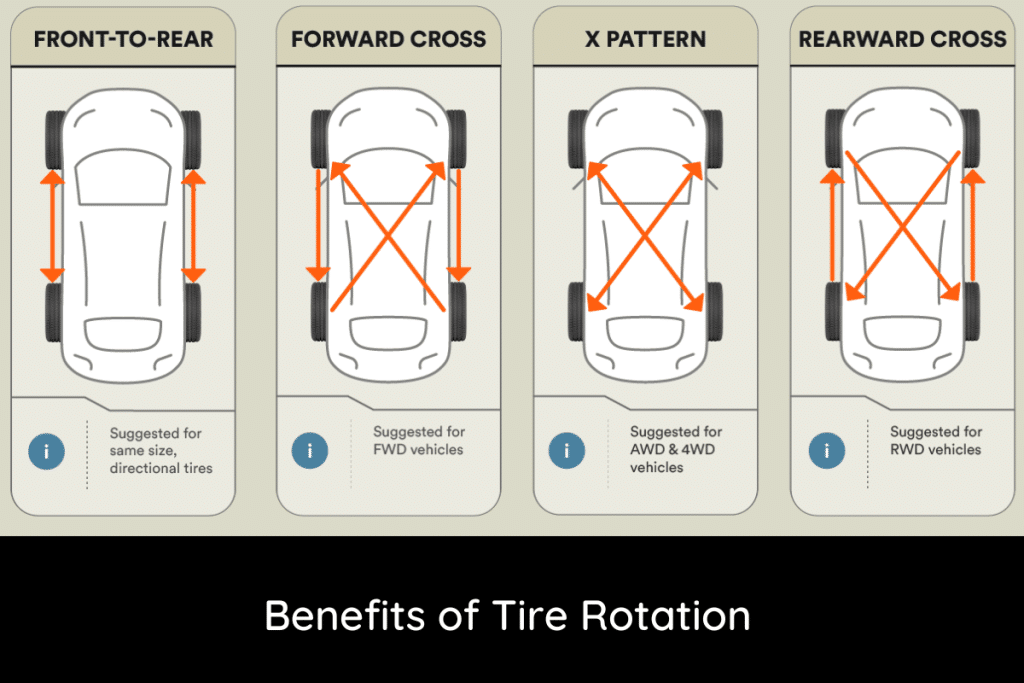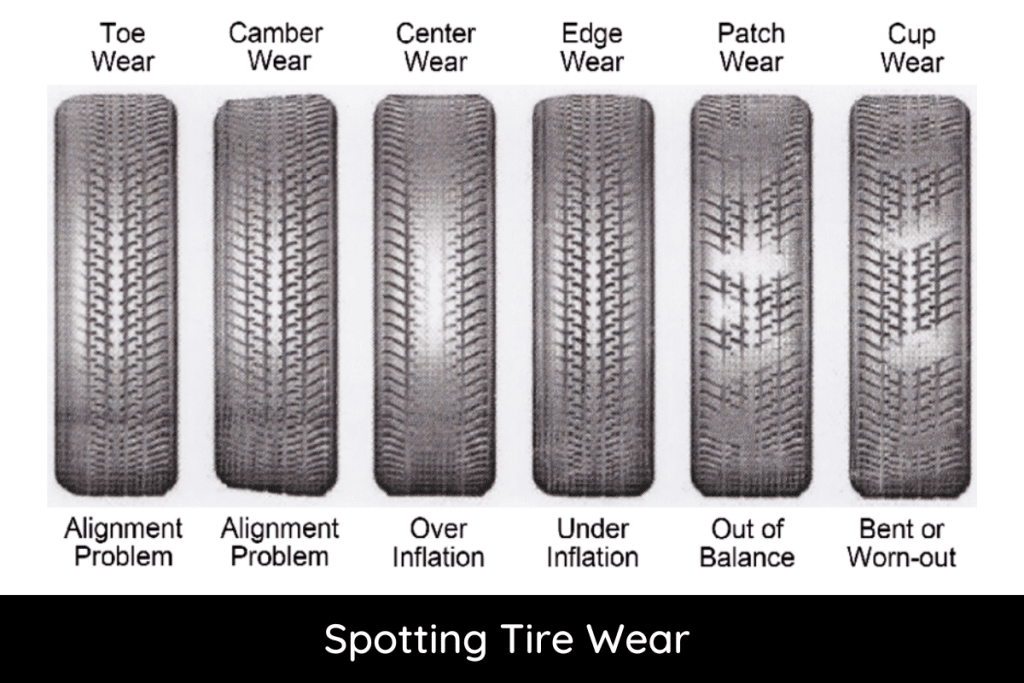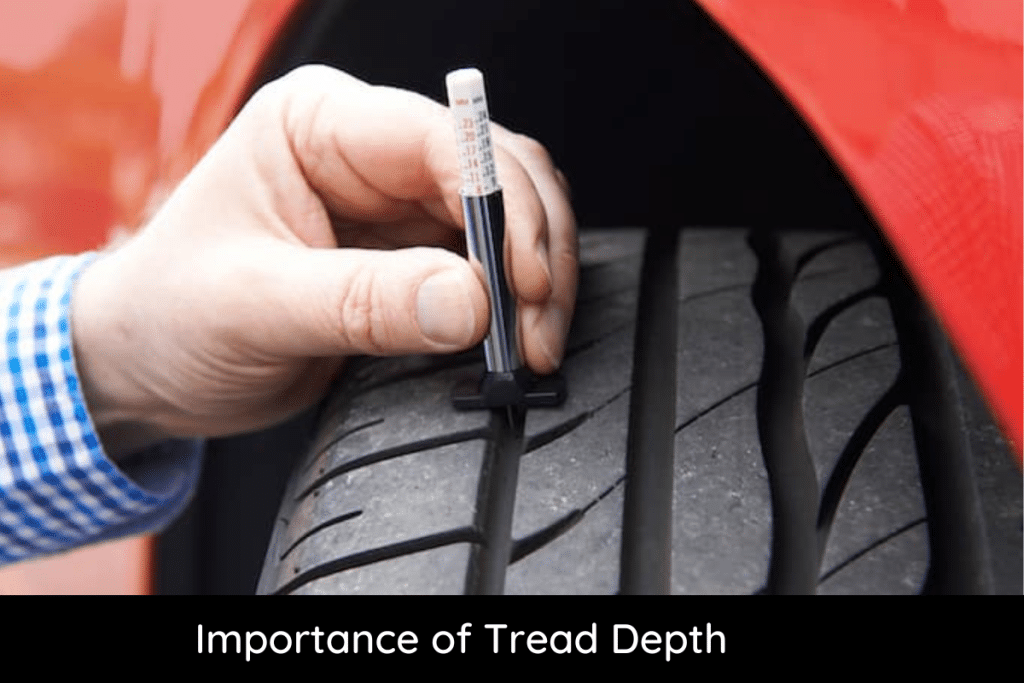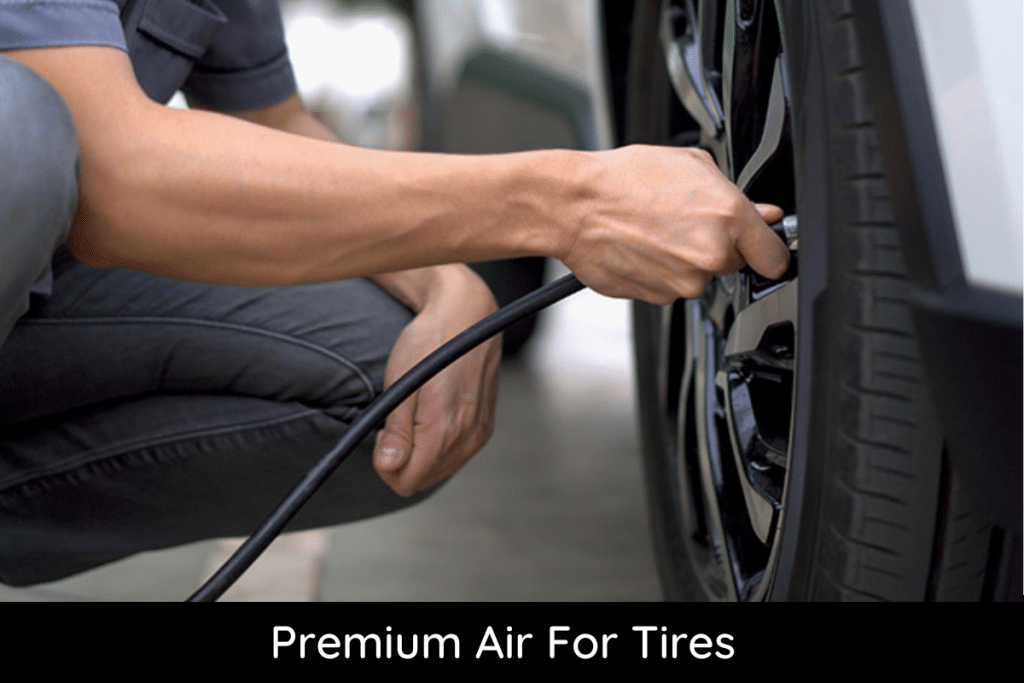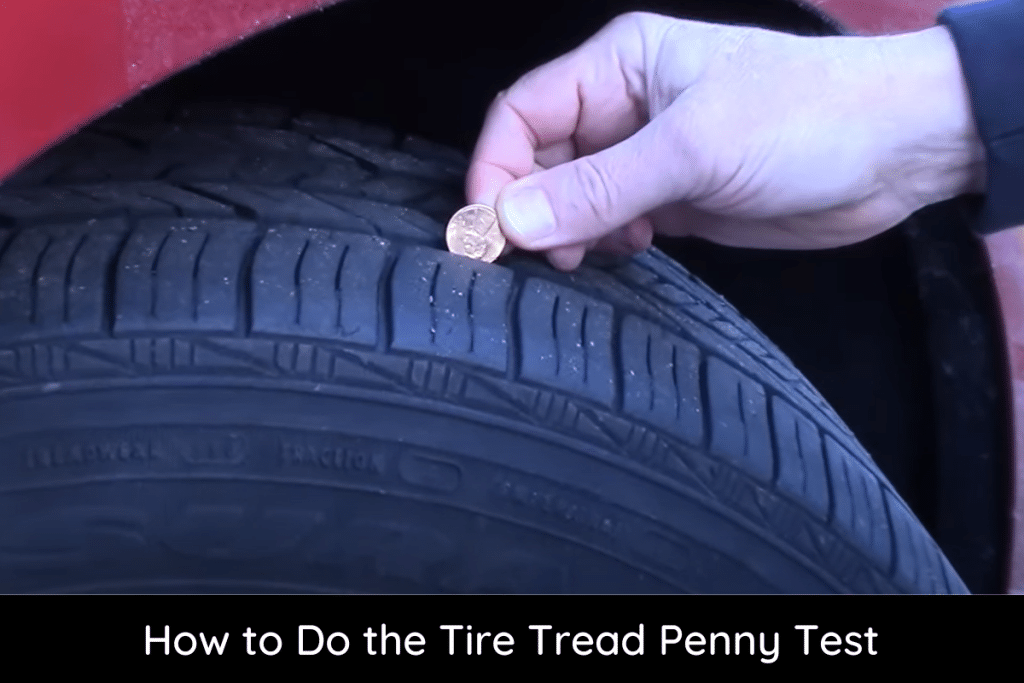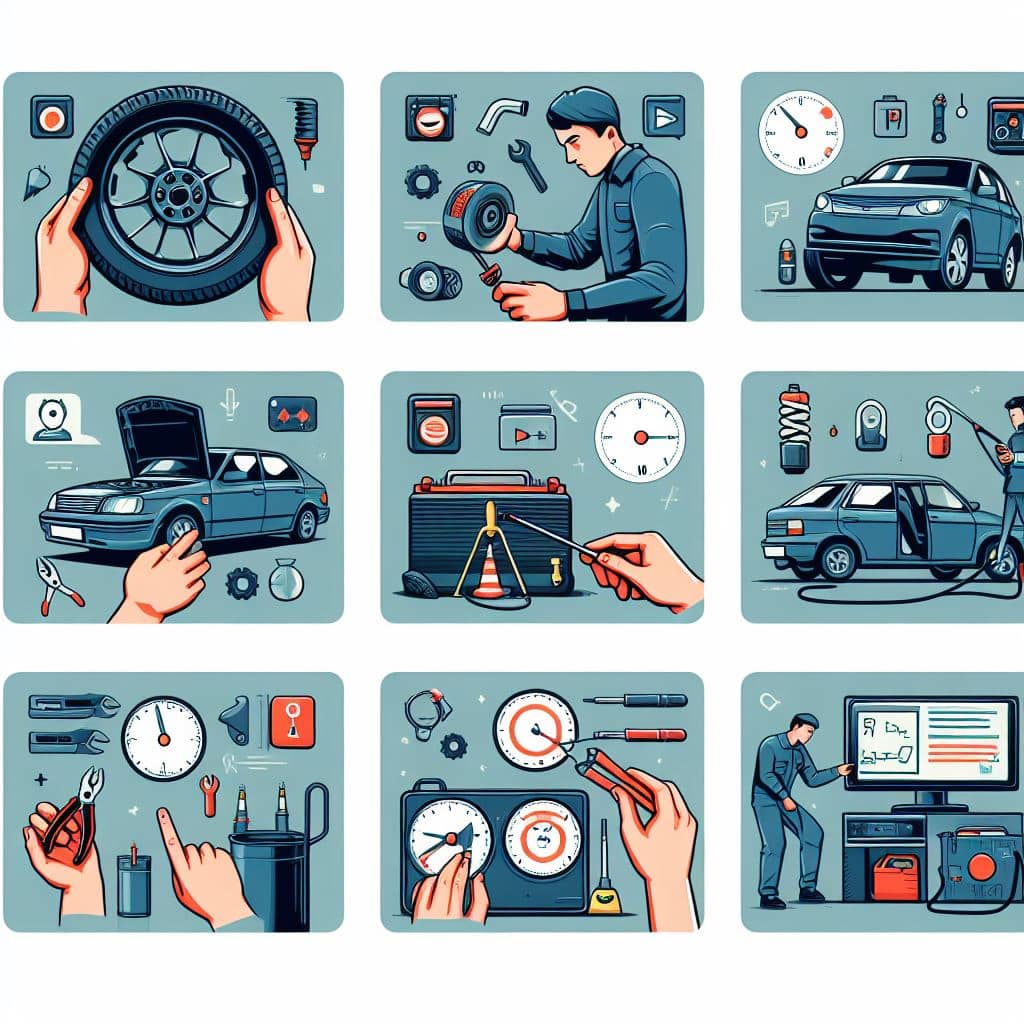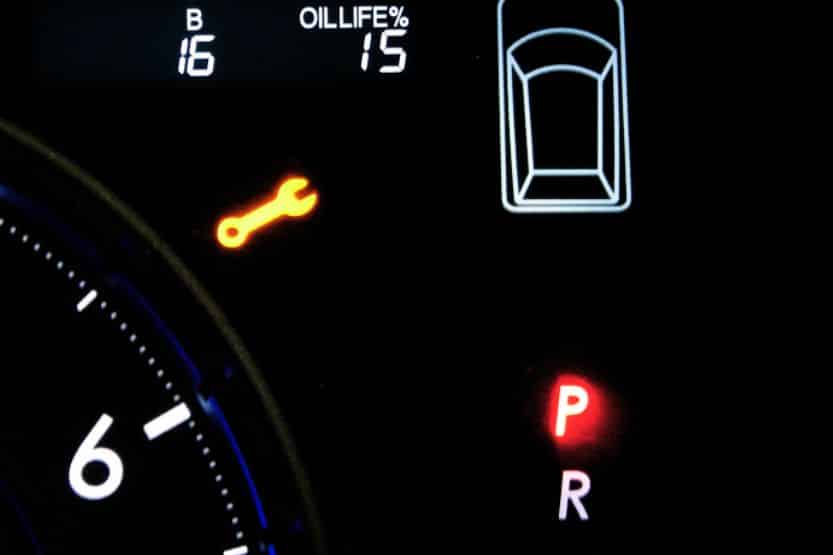A serpentine belt is one of the key elements providing your motor’s steady functioning. And we are going to provide you with all the necessary information about its examination plus substitution. A serpentine, also called an s-belt deals with simplifying pumps plus sheaves operation under the hood.
This long belt deals with any motor-driven detail, comprising a water pump, alternator, a/c compressor, and power steering pump.
As so many motor’s internal parts heavily depend on it, it’s crucial to examine your s-belt periodically for possible weariness, cracking, or glazing. A serpentine belt must be substituted after every 30,000-60,000 miles run. In order to make this process easier for you, we are offering a detailed guide on the inspection and substitution of this belt.
Serpentine belt change guide
Tools needed:
- Socket set plus ratchet
- Serpentine belt
- Protective eyewear
- Gloves
- Flashlight
General Rules of S-Belt Replacement
Experienced drivers who used to substitute fan belts may recall how traumatic and energy-consuming the process it was. Moreover, as a rule, it was necessary to substitute two or even three belts.
Today, contemporary automobiles employ one wider, multi-rifled serpentine belt in lieu of the ones for each internal detail. A curious fact: the belt got its name for the manner it snakes around various sheaves.
Serp belt substitution is pretty easy due to contemporary automatical drive belt tensioners eliminating the necessity of loosening bolts or prying elements into disposition for re-tensioning. Revise the tensioner, remove the old belt and mount a fresh one. The tensioner can be released after belt ribs take their positions into the sheave grooves.
Step-by-Step Instructions
Step 1: To reach the motor’s front part, move away from motor covers, shrouds, or plastic guards, which may prevent you from seeing the work area well. Having opened the automobile’s hood, you will get access to the serp belt.
Step 2: Deactivate the battery. Actually, the battery must always be deactivated before any serious operations within an automobile. Applying a wrench or socket of the proper size weakens the nut carrying a black grounding cable on the negative battery terminal.
- Slip the cable off from the terminal and thrust it to the batteries’ side.
- The positive terminal may stay connected.
Step 3: Localize the belt tensioner situated under spring tension to keep the pressure on the belt that protects it. A contingent from your automobile’s motor, the s-belt may be situated in the front part of a motor or may go along its side. If there are any motor covers on a way, move them away.
Step 4: Localize the serpentine belt routing diagram. Many automobiles are supplied with a sticker in the motor bay demonstrating how the s-belt is expected to pass through different motor sheaves. If your automobile has no sticker, you will have to memorize the belt’s routes.
- Consult the owner’s manual for your automobile model to create a diagram.
- Another way is to take a photo of how the existing belt is placed and follow the scheme while installing a fresh one.
Step 5. Loosen the tensioner employing a wrench. Just push it on the opposite side of the spring tension. A contingent from employment, your s-belt may have a tensioner established on it by a mobile bracket or an auto tensioner sheave, using an internal spring for employment of persistent pressure to the belt.
- If your automobile features no tensioner sheave, tension is set on the belt by an alternator bracket.
- If you have any doubts, consult your automobile’s service manual to find out what tensioner it keeps.
Auto tensioners feature a port for a ½ inch drive ratchet or a bolt for which you are free to utilize a socket. Inset a wrench or set a socket over the bolt on the tensioner. Twirl it away from the belt to loosen the tension.
Step 6: Pull the belt off the nearest sheave after the tensioner is weakened. If your automobile is equipped with an alternator bracket, loosen two bolts passing through long bracket slots. After that, the belt’s pressure will most probably shift the alternator to motor, relieving the pressure.
Step 7: Now, feel free to take off the belt. Remove it from the bottom sheave plus all idler sheaves plus accessories.
Step 8: Make sure that a fresh belt looks similar to the old one. They must have the same width as well as an identical number of ribs, covering the belt horizontally. Note that the old belt may be a bit longer as it stretches a bit after being utilized for a long time.
- If the belts have different width, don’t install the new one as it’s wrong.
- Make certain that a fresh belt has no damages or flaws. Otherwise, it may tear soon after its installation.
Step 9: Having examined the fresh belt, mount it onto the sheaves.
- The s-belt must be long enough to cover all the sheaves, excluding the tensioner until you revive its pressure.
- In case the belt lies too loosely, it signifies that you have the wrong size belt. The other reason for that is that you have placed it incorrectly.
Step 10: After placing the belt on the motor sheaves, activate the tensioner for the belt mounting finalization.
Step 11: Having revived pressure on the auto tensioner, place the belt over it. Employ the same wrench to weaken the auto-tensioner sheave, then drag the belt over it. As soon as the belt is set, release the tensioner’s pressure to hold the belt in its place. If your automobile features no auto tensioner, input a pry bar or a piece of wood betwixt the alternator and the motor.
Place the belt over the alternator sheave. Employing a bar, extract the alternator from motor and then, release pressure on the belt. Clench bolts one more time after applying tension.
Step 12: Having finished the belt installation, take a flashlight to check if the belt placement on the sheaves aligns with the belts’ riffles.
Serpentine Belt Replacement Tips
- Belt sheave grooves are cleaned better by wire brushes.
- Always employ the belt of the correct size for maintenance of the normal tension level.
- Avoid applying “belt dressing” or anti-noise sprays. Though they can be a temporary solution of the problem, they may cause belt failure due to the contaminated sheave system.
- When you remove the belt, twirl the sheaves to make certain that the bearings are reliable. If bearings fail, they shriek before locking up and throwing the belt off.
A serpentine belt ensures the steady functioning of air conditioner compressor, power steering pump plus the alternator. It may fail or crack after being utilized for some time, and that leads to some systems failure. Steering will become complicated due to the car battery’s diminished charge caused by non-operational power assist. Though belt placing is quite a complicated task, you will easily cope with it by drawing a diagram or making a photo.
Best serpentine belts for the money
- Proprietary “Run Quiet” technology for better grip, less slip resulting in a quieter operation
- Strong tensile cords carry high horsepower loads without stretching
- Ground rubber ribs are compounded from high strength synthetic rubber for wear resistance and long life
- Fit type: Vehicle Specific
- 6 Ribs x 2580 mm or 6 Ribs x 101.5 Inch
- Strong tensile cords carry high horsepower loads without stretching
- Award winning OEM supplier with over 100 major quality awards from manufacturers such as GM, Toyota, Honda, VW, Nissan and many others
- Ground rubber ribs are compounded from high strength synthetic rubber for wear resistance and long life
- 7 Ribs x 1935 mm or 7 Ribs x 76.2 Inch
- Strong tensile cords carry high horsepower loads without stretching
- Award winning OEM supplier with over 100 major quality awards from manufacturers such as GM, Toyota, Honda, VW, Nissan and many others
- Ground rubber ribs are compounded from high strength synthetic rubber for wear resistance and long life
- Professional, premium aftermarket replacement
- Provides the performance and dependability you expect from ACDelco
- Manufactured to meet expectations for fit, form, and function
- Fit type: Vehicle Specific
- Package Dimensions: 2.794 H x 33.782 L x 9.652 W (centimetres)
- Package Weight: 0.55 pounds
- Country of Origin : United States
- Fits: 1986-1987 Buick Regal, 1991 Ford Aerostar, 1985 Ford Bronco II, 2011-2017 Ford F-150, 2011-2017 Ford F-150, 2018-2022 Ford F-150, 2011-2020 Ford Lobo, 1985-1987 Ford Ranger, 1985-1987 Ford Ranger, 1991 Ford Ranger (Check Fitment Data Above or
- Goodyear Multi V Serpentine Belt with EPDM Rubber and Balanced Twist Polyester Cord ensures durability and performance in automotive engine systems
- EPDM Rubber Compound offers exceptional heat and weather resistance for long-lasting durability in automotive applications
- Balanced Twist Polyester Cord provides superior tensile strength and reduced maintenance for reliable power transmission
- 6 ribs x 2365mm or 6 ribs x 93.1 inches
- Strong tensile cords carry high horsepower loads without stretching
- Ground rubber ribs are compounded from high strength synthetic rubber for wear resistance and long life
- Bando has one line of belts for both OEM applications and the aftermarket
- [Vehicle Fitment]: Compatible with Dodge Ram 1500 2500 3500 2003 V8 5.7L (Location: Air Conditioning); Compatible with Dodge Ram 2500 3500 1996 V10 8.0L (Without Air Conditioning); Compatible with Dodge Ram 1500 2500 3500 2004-2008 V8 5.7L; Compatible with Volkswagen Passat 2003-2004 W8 4.0L, Phaeton 2004-2006 W12 6.0L
- [Reference Number]: K071013, 07D145933C, 07D145933E, 53032132AI, 53032132AK, 53032132AL, 53041163
- [Specifications]: ①Belt Material: EPDM; ②Cord Material: Polyester; ③Cross Section Designation: K; ④Effective Length (Inch): 101.26; ⑤Outside Circumference (Inch): 101.83; ⑥Rib Quantity: 7; ⑦Top Width (Inch): 0.947
- [Advantages]: A-Premium's serpentine drive belt is easy to install and made of EPDM material, which features strong resistance to both temperature and corrosion. Its appropriate size ensures that there will be no noise disturbance issues
- Proprietary “Run Quiet” technology for better grip, less slip resulting in a quieter operation.
- Strong tensile cords carry high horsepower loads without stretching
- Ground rubber ribs are compounded from high strength synthetic rubber for wear resistance and long life.
- Fit type: Vehicle Specific
- Proprietary “Run Quiet” technology for better grip, less slip resulting in a quieter operation.
- Strong tensile cords carry high horsepower loads without stretching
- Ground rubber ribs are compounded from high strength synthetic rubber for wear resistance and long life.
- Fit type: Vehicle Specific
- EPDM rubber constructions resist cracking on the rib surface
- Package Dimensions: 32.2 H x 2.2 L x 8.9 W (centimetres)
- Package Weight: 0.189 kilograms
- Country of Origin : China
- Fits: 2013-2018, 2020 Ford Escape, 2020-2022 Ford Escape, 2020-2022 Ford Escape, 2020-2022 Ford Escape, 2020-2022 Ford Escape, 2023-2024 Ford Escape, 2023-2024 Ford Escape, 2023-2024 Ford Escape, 2023-2024 Ford Escape, 2023-2024 Ford Escape (Check
- Enhanced durability and performance in automotive engine systems with EPDM rubber and balanced twist polyester cord construction
- Suitable for alternators, water pumps, AC compressors, and power steering systems for versatile automotive applications
- Superior power transmission, reduced noise and vibration, and long-lasting durability with Multi V design
- Bando USA Serpentine Belt 7 Ribs x 1440mm or 7 Ribs x 56.7 inches
- OEM Quality
- EPDM Rubber
- Bando USA Serpentine Belt 7 Ribs x 1440mm or 7 Ribs x 56.7 inches
- 7 ribs x 1700mm or 7 ribs x 66.9 inches
- Strong tensile cords carry high horsepower loads without stretching
- Ground rubber ribs are compounded from high strength synthetic rubber for wear resistance and long life
- Bando has one line of belts for both OEM applications and the aftermarket
- [Vehicle Fitment]: Compatible with Nissan Altima 2013 L4 2.5L (with Electric Power Steering), Altima 2014-2018 L4 2.5L, Rogue 2014-2020 L4 2.5L
- [Reference Number]: K060563A, 6PK1428, 03F903137A, 11287838226, 117203TA0A, 117203TS0A, 117204BA0A, 4573234AB, 4668324AB, 4892562AA
- [Specifications]: ①Belt Material EPDM; ②Cord Material: Polyester; ③Cross Section Designation: K; ④Effective Length (Inch): 56.26; ⑤Outside Circumference (Inch): 56.75; ⑥Rib Quantity: 6; ⑦Top Width (Inch): 0.807
- [Advantages]: A-Premium's serpentine drive belt is easy to install and made of EPDM material, which features strong resistance to both temperature and corrosion. Its appropriate size ensures that there will be no noise disturbance issues
Last update on 2025-05-11 / Affiliate links / Images from Amazon Product Advertising API












